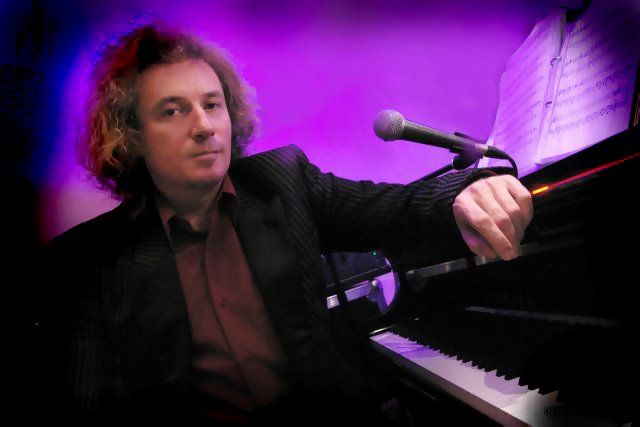
Czars, communists, presidents and the Russian banya click to know more
Faith, vodka and banya (bathhouse or steam-bath) have always been the three links to keep a connection between common people and the powers-that-be in Russia.
When Ivan the Terrible arrived in Pskov in 1570 he saw people – men, women of all ages and even monks and nuns – taking steam baths and running out of banya buildings into the streets naked. That was the first time when the banya made the first appearance in Russia’s politics. Ivan IV had a great fondness for the banya and considered it to be the cradle of health. A steam bath would make the terrible czar a quiet person at least for a short period of time. He took a steam bath for several hours on March 18, 1584 and began to play a game of chess afterwards, when he suddenly died.
A pretender to the throne, who claimed to be the son of Ivan IV, False Dmitry I, was even more unlucky with the banya. When he acceded to the throne in Moscow , he was exposed as an “agent of the West” because he did not go the banya at all.
The czars of the Romanov Dynasty enjoyed their baths a lot. Their bathhouse occupied a whole floor in the Kremlin’s Teremnoy Palace. All peasants of the Moscow region were obliged to bring thousands of bath brooms to the czar and his family every year.
The banya became a matter of state importance during the times of Peter the Great. When the emperor was fighting against beards in Russia, he ordered to organize barber shops at bathhouses to get people accustomed to shaving.
Russian emperors from Pavel to Nicholas II did their best to emphasize their European views and habits and were therefore left outside the history of the Russian banya. Vladimir Lenin, the leader of the Great October Socialist Revolution, supported the “rotten monarchy” at this point, although Joseph Stalin, his successor, shared a different point of view. A small bathhouse was built at Stalin’s summer residence outside Moscow in 1931. Stalin liked to take a steam bath having a cup of tea with raspberry jam or a glass of cognac.
Nikita Khrushchev, the First Secretary of the Communist Party of the Soviet Union , disliked the traditional Russian banya. However, he was involved in the first bath scandal in Soviet history
Here is a transcript of the June session of the Central Committee of the Communist Party of the Soviet Union in 1957. Vyacheslav Molotov, a member of the Central Committee Presidium: “I believe that Comrade Khrushchev must preserve certain dignity in front of foreign bourgeois leaders. Comrades Khrushchev and Bulganin (the chairman of the Council of Ministers of the USSR ) have just returned from Finland. The president of Finland invited them to a bathhouse after a banquet at 3 a.m. Comrade Bulganin was right not to accept the invitation, although Comrade Khrushchev went to the bathhouse with the president of Finland and stayed their until 6 a.m.”
Khrushchev: “Comrades, let me explain that bathhouse affair. What do they usually do in a bathhouse? They take a steam bath. I took a steam bath too. We had a beer with the president and sang songs there.”
Vladimir Medvedev, the chief of the security service of the first Soviet president Mikhail Gorbachev, said that Mikhail Sergeyevich preferred a good steam bath most among all other joys of living. His passion did not change when Gorbachev left the world of big politics. When he returned to Moscow after an arterial surgery in Germany, Gorbachev said: “I have already arrived home. I feel ok, and I am going to the banya now for the first time after a long break.”
The Russian banya played an extremely important role in the life of Russia’s first and now-deceased president Boris Yeltsin. He made a decision to end his membership at the Communist Party at the moment when he was taking a steam bath in 1989. “The fact that it all happened at the banya is symbolic to me. Banya purifies you. Senses are clear and people are naked there. That was the moment when my outlook changed. I realized that I was a communist because of my Soviet upbringing, because of a custom, but not a belief,” Yeltsin wrote in his book.
Russia’s incumbent Prime Minister Vladimir Putin is also a banya-goer. It is an open secret that Putin tries to keep up a good shape. He said once that he went to the banya the day when he became Russia’s President-elect. Putin’s love for the banya started in his childhood when he was living in Leningrad (St. Petersburg). Putin’s classmate, Viktor Borisenko, said that he would go to the banya with Vladimir and his father.
Russia’s President Dmitry Medvedev does not mind a good banya either. Medvedev has recently attended an exhibition of bathhouse equipment where he purchased the best home-made wood-burning stove for his banya. Medvedev is obviously an expert of good steam.


2 comments:
Good reading=). Russian banja doesn't differ from our sauna. Yepp, it isn't unusual to go to sauna 3am after "a banquet" or such. Steambath and occasional beer during prevents the hangover slightly.
Good reading=). Russian banja doesn't differ from our type of sauna. Yepp, it isn't unusual to go to sauna 3am after "a banquet" or such. Steambath and occasional beer during prevents the hangover slightly. Former president Urho Kekkonen took many russian top politicians to his sauna at Tamminiemi.
Post a Comment